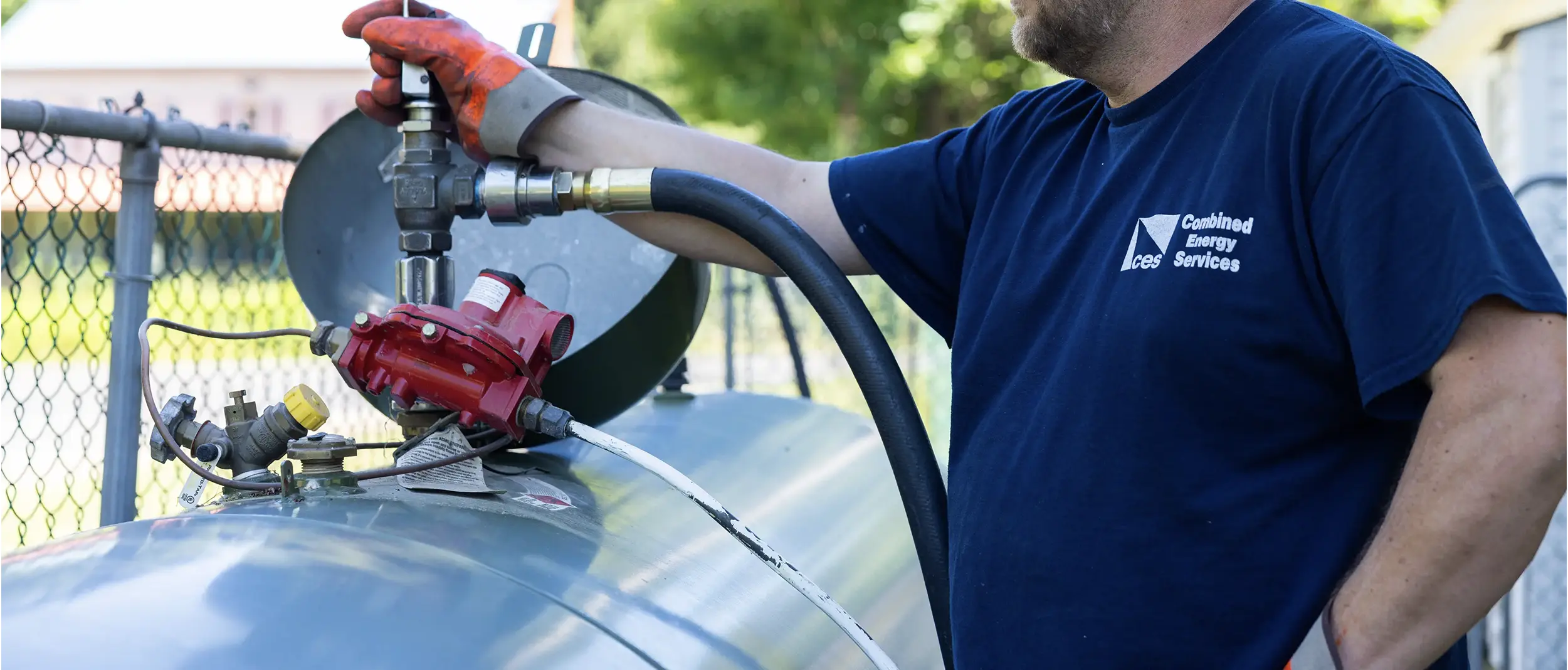Propane tanks need to be properly maintained and refilled to make sure they last a long time, work well, and keep you safe. If you follow the right steps, you can save money, protect the environment, and avoid possible dangers when using it for cooking, heating, or powering your RV. Here is a step-by-step guide on how to keep your gas tank in good shape and fill it up so that it works at its best.
Regular Inspections
Before you refill your propane tank, it’s crucial to perform regular inspections to ensure everything is in good working order. Look over the tank for any damage, rust, or rusting that you can see. A tank that is broken is dangerous and needs to be changed right away. Make sure the valve isn’t leaking. To check for leaks, just put some soapy water on the valve and look for bubbles. You need to fix or replace the tank if you find any breaks.
Additionally, check the tank’s age. Most refillable propane tank have a lifespan of about 12 years, after which they must be recertified or replaced. Keep track of your tank’s certification date and plan accordingly.
Safe Storage Practices
Proper storage is another important part of keeping a gas tank in good shape. The tank should always be stored standing up, away from any heat sources or open fires. Do not keep it in places that are too hot, like next to a furnace or water heater, or in full sunlight for long periods of time. If the gas gets too hot, it can expand, which could cause dangerous leaks.
Also, make sure you store your propane tank in a place with good air flow so that dangerous gases don’t build up. If you put it away outside, make sure it stays dry and in the shade. To avoid accidents, it’s also important to be in a safe place, away from kids and pets.
Refilling Your Propane Tank
Refilling your propane tank correctly is vital to ensure it functions at maximum efficiency. When your tank is nearing empty, it’s time to refill it. Most tanks will have a gauge to indicate the level of propane inside. However, don’t wait until the tank is completely empty before refilling. It’s better to refill when the tank is around 20-25% full. This will prevent the possibility of running out of propane unexpectedly.
When refilling your tank, take it to a certified refilling station that follows safety guidelines. The station should be equipped with the necessary equipment to safely transfer propane and prevent overfilling. Overfilling a tank is dangerous as it can cause pressure build-up, which could lead to leaks or explosions. Make sure the person refilling the tank follows all safety protocols, including checking the tank’s weight before and after the fill to ensure it’s not overfilled.
You should never attempt to refill a propane tank yourself. Proper refilling requires specialized knowledge and equipment. If you’re refilling the tank for your barbecue or other outdoor equipment, always follow the manufacturer’s instructions for the correct refilling procedure.
Cleaning and Maintenance
Cleaning your propane tank is a simple but important step to ensure its continued efficiency. Clean the tank’s exterior regularly to prevent the buildup of dirt, grime, and rust. To clean the tank, use a soft cloth and a light soap spray. Do not use rough cleaners or things that can scratch the surface and hurt the tank. A clean tank will not only look better but will also ensure that its components function optimally.
Another critical maintenance step is to check the tank’s pressure relief valve regularly. This valve ensures that the tank does not become over-pressurized, which could lead to dangerous leaks. If you notice any problems with the pressure relief valve, contact a professional to have it inspected or replaced.
Proper Use and Efficiency
To get the most out of your propane tank, it’s essential to use it efficiently. Make sure that you are using the right type of appliances that are compatible with your tank’s size and specifications. Also, make sure that all the connections are tight and safe to stop gas leaks. Regularly test the connections to ensure there are no leaks, which can reduce the efficiency of the propane and waste fuel.
Using a propane tank with a device that isn’t set up correctly can also make it less efficient. For instance, a grill or heater that has a low flame setting or a poorly maintained burner will burn more fuel. Adjust your appliances accordingly to ensure they are running at peak efficiency.
Conclusion
Proper maintenance and refilling are key to getting the most out of your propane tank. Regular inspections, safe storage practices, proper refilling, and cleaning all play a role in ensuring maximum efficiency. By following these simple steps, you’ll not only extend the life of your tank but also enhance safety and prevent unnecessary waste.































